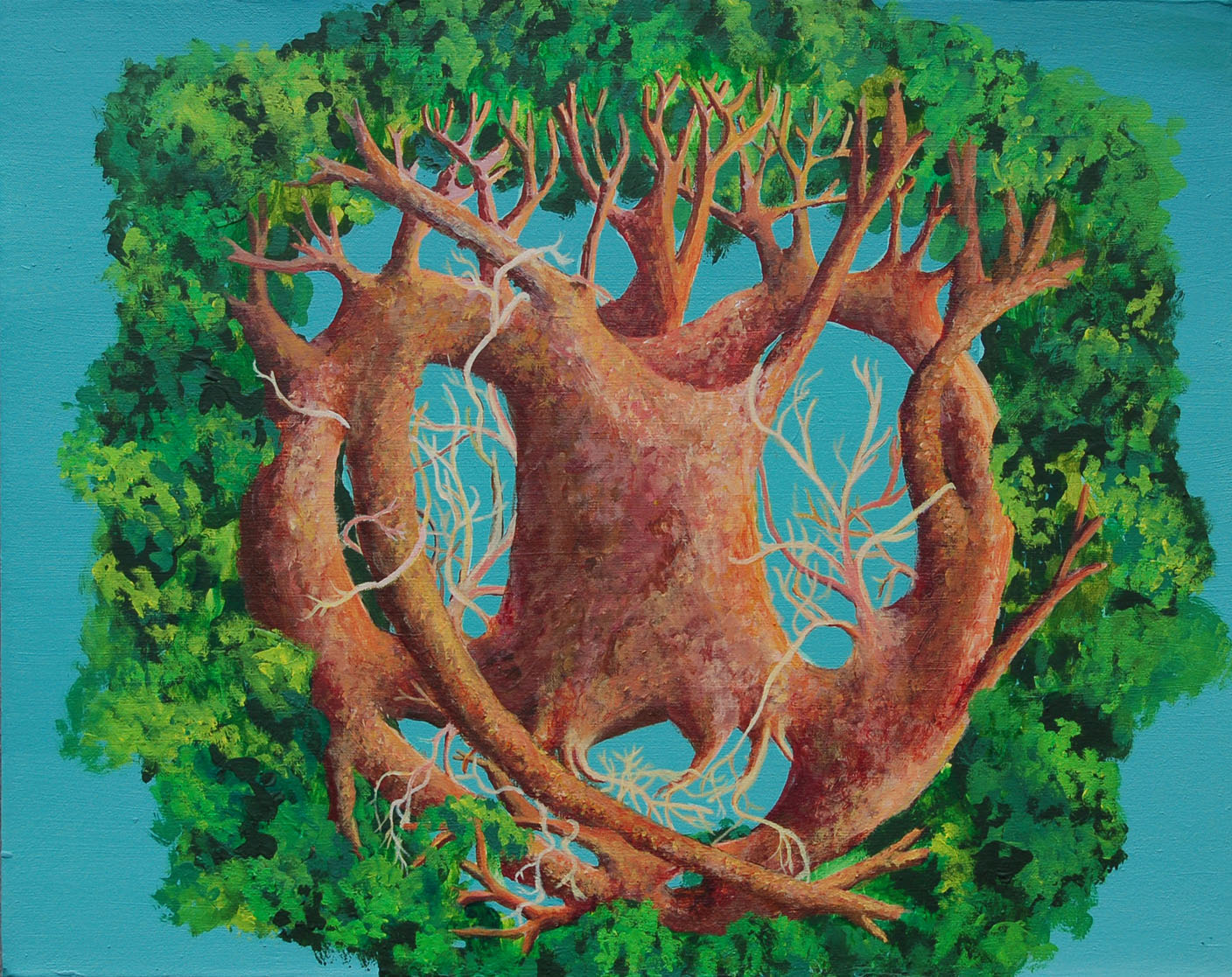


Hall found that this produced a material strongly resembling marble, rather than the usual quicklime produced by heating of chalk in the open air. This hypothesis was tested by his friend, James Hall, who sealed chalk into a makeshift pressure vessel constructed from a cannon barrel and heated it in an iron foundry furnace. Hutton also speculated that pressure was important in metamorphism. Hutton wrote in 1795 that some rock beds of the Scottish Highlands had originally been sedimentary rock but had been transformed by great heat. The importance of heating in the formation of metamorphic rock was first noted by the pioneering Scottish naturalist, James Hutton, who is often described as the father of modern geology. Metamorphic rocks are formed when existing rock is transformed physically or chemically at elevated temperature, without actually melting to any great degree. They are distinguished from igneous rocks, which form from molten magma, and sedimentary rocks, which form from sediments eroded from existing rock or precipitated chemically from bodies of water. Metamorphic rocks form one of the three great divisions of rock types. On the other hand, schist bedrock can pose a challenge for civil engineering because of its pronounced planes of weakness. Marble is also prized for building construction and as a medium for sculpture.

Slate and quartzite tiles are used in building construction. Some examples of metamorphic rocks are gneiss, slate, marble, schist, and quartzite. The study of metamorphic rocks (now exposed at the Earth's surface following erosion and uplift) provides information about the temperatures and pressures that occur at great depths within the Earth's crust. Metamorphic rock can be formed locally when rock is heated by the intrusion of hot molten rock called magma from the Earth's interior. They can also form from tectonic processes such as continental collisions, which cause horizontal pressure, friction, and distortion. They may be formed simply by being deeply buried beneath the Earth's surface, where they are subject to high temperatures and the great pressure of the rock layers above. They are classified by their protolith, their chemical and mineral makeup, and their texture. Metamorphic rocks make up a large part of the Earth's crust and form 12% of the Earth's land surface. The protolith may be an igneous, sedimentary, or existing metamorphic rock. During this process, the rock remains mostly in the solid state, but gradually recrystallizes to a new texture or mineral composition. The original rock ( protolith) is subjected to temperatures greater than 150 to 200 ☌ (300 to 400 ☏) and, often, elevated pressure of 100 megapascals (1,000 bar) or more, causing profound physical or chemical changes. Metamorphic rocks arise from the transformation of existing rock to new types of rock in a process called metamorphism. Quartzite, a type of metamorphic rock Metamorphic rock, deformed during the Variscan orogeny, at Vall de Cardós, Lérida, Spain For other uses, see Metamorphic (disambiguation).


 0 kommentar(er)
0 kommentar(er)
